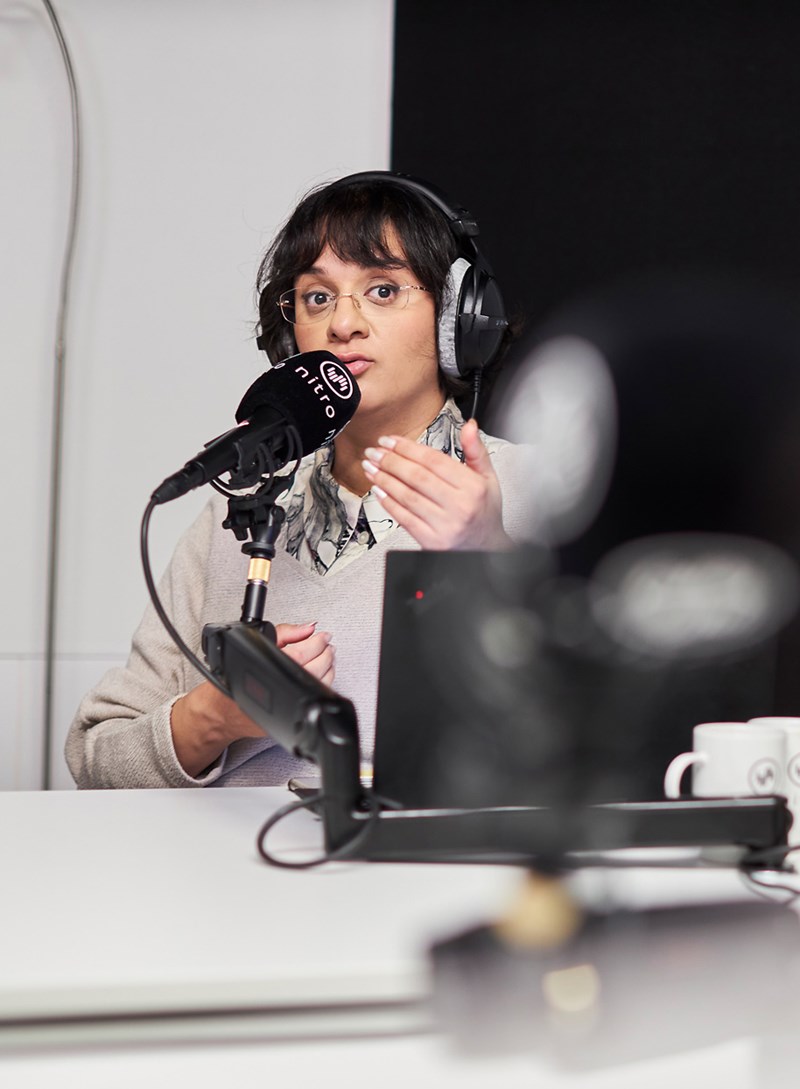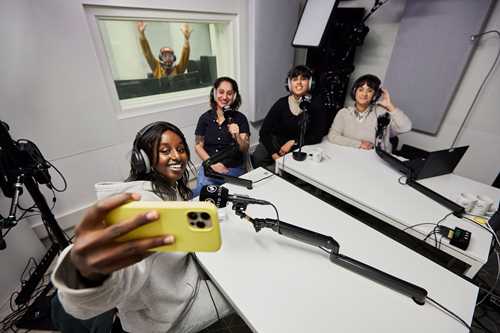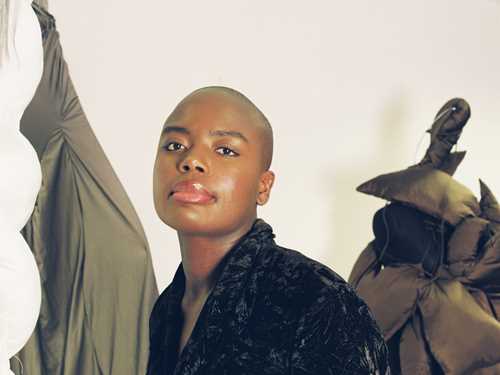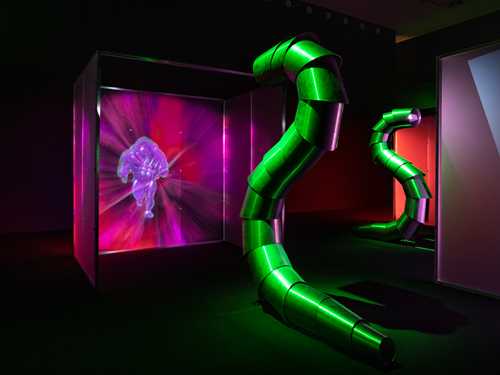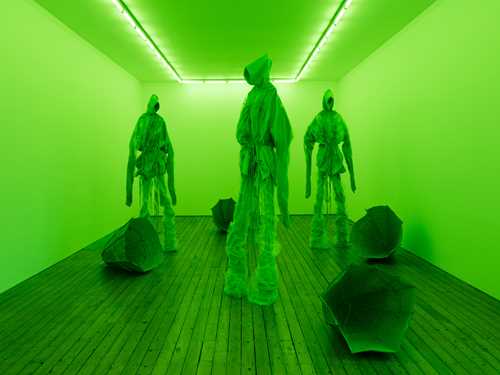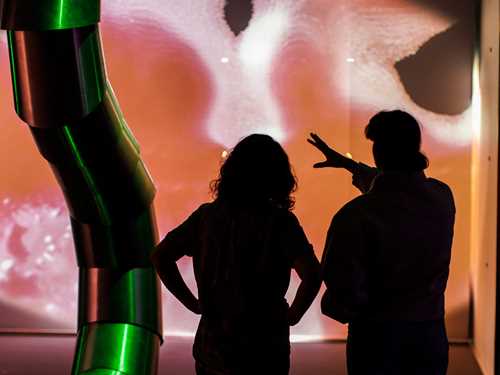Trust your own voice
What’s the right way to act when you look at art? What do you need to understand what you see? Zeenat Amiri, art mediator for the exhibition SOLO OSLO: Sandra Mujinga, writes about “difficult” contemporary art and who has the power to define how we should experience it.
Zeenat Amiri on the art of mediation, and trusting your own voice.
Director: Shruti Ganguly / honto88. Produced by MUNCH in collaboration with Spindel Film. © Munchmuseet
I’ve always been curious about how people experience contemporary art. Do they find it intimidating? Maybe they see the artwork they’re looking at as an internal reference to another artwork? And as conceptually inaccessible, so that you need to be an art expert to understand what you see? How do we act when we’re in an exhibition space experiencing art?
A lot about contemporary art can seem inaccessible, everything from the room and the content to the formal language and texts that are meant to address the audience. But still, I want to believe that the art scene is more open now than it has been before. I’m not saying that contemporary art is or should be ahistorical, that an artwork in a room should be seen only as it is, as though it exists in a vacuum. There are always references and sources of inspiration behind it. But in terms of how art is experienced, I think we find ourselves in a phase of shifting paradigms, and this is about who we give the power to define and why.
Some feel that the space in itself is inaccessible and that other visitors or the attendants, who know how to behave, keep a watchful eye on their movements.
For the first edition of SOLO OSLO, a series of contemporary art exhibitions at MUNCH, I’ve set up a mediation project for the solo exhibition by the artist Sandra Mujinga. Ahead of the exhibition I sent out a questionnaire for young adults with multicultural backgrounds. They were all interested in culture but didn’t necessarily visit art museums. I started off with three questions: how do you relate to contemporary art? How do you relate to art spaces? And finally, how do you process what you’ve seen? I found that the majority of the respondents, experience art as inaccessible. Either because the content doesn’t speak to them, their reality, or because they feel you have to be an art expert to understand what you see. Some feel that the space in itself is inaccessible and that other visitors or the attendants, who know how to behave, keep a watchful eye on their movements.
Check out the podcast SOLO OSLO: Your Voice here
The viewer’s contract, the contract you enter into when you step into a room, includes looking around and copying the behaviour you see. At museums, galleries, and in other art spaces a certain demographic tends to be better represented than any other – older women with higher education and an interest in art, often from the cultural majority. The rules for experiencing art seem rigid: Study the artwork in silence, whisper to those you’re with, and read the museum texts to understand what you see. But is it really like this? Not necessarily!
Next time you visit an exhibition, ask yourself this question: what am I feeling now? You’re free to experience art however you want.
The initiatives I’ve worked on for SOLO OSLO: Your Voice, are about opening up for those who are not all that familiar or comfortable with contemporary art, so that they can experience it on their own terms. When you enter a space to look at art, you already have all the tools you need to interpret what you see: the interpretation is all yours. You don’t need the museum’s opinion on what the art is about, because you experience it from your own viewpoint, with your own baggage and background, your references and your own physical presence. In fact, that’s all you need to experience art. Next time you visit an exhibition, ask yourself this question: what am I feeling now? You’re free to experience art however you want.
In collaboration with Salam, the organisation for queer people with Muslim backgrounds in Norway, I’ve made a series of audio files that I’ve called SOLO OSLO: Your Voice, where I engage in conversation with the activist Begard Reza, the doctor Henza Anwar, and the dancer Hamda Barise. We discuss themes and references that pop up in Sandra Mujinga’s art, and our own relation to contemporary art. The point is to show that irrespective of our backgrounds, we all have different perspectives and takes on the themes that come up and they are all equally valid.
The audio files, which I hope you’ll listen to before your visit, aim to help you trust your own voice and interpretation when you experience Mujinga’s art. Instead of reading the wall texts and adjusting to one way of experiencing the art, you can listen to the episodes wherever you are, alone or with friends. You can discuss it with your friends or just dwell on the experience of being in the room. Each audio file also introduces a question for you to have at the back of your mind when you visit Mujinga’s exhibition.
Foto: Kilian Munch © Munchmuseet
